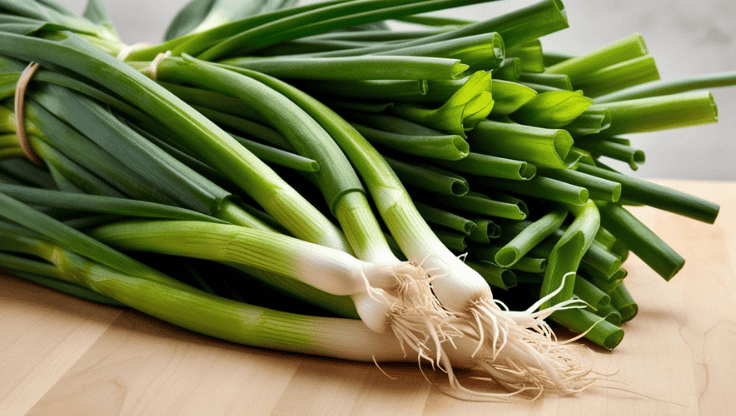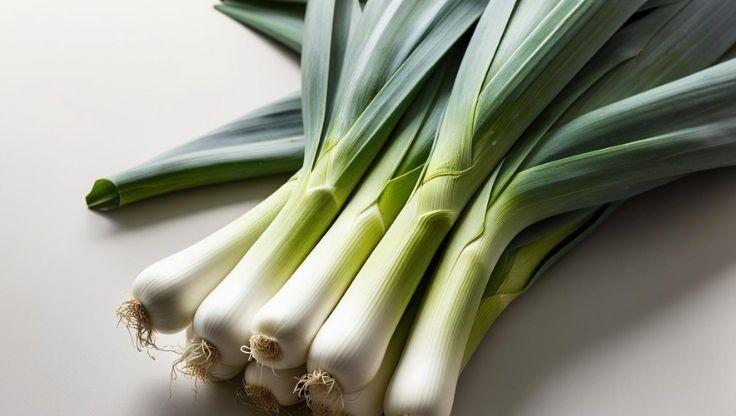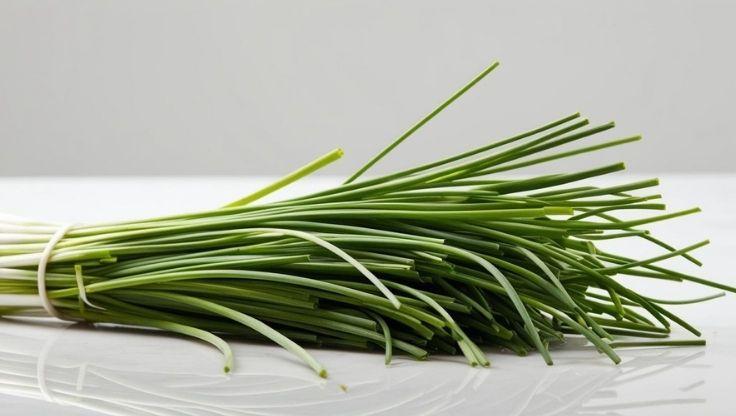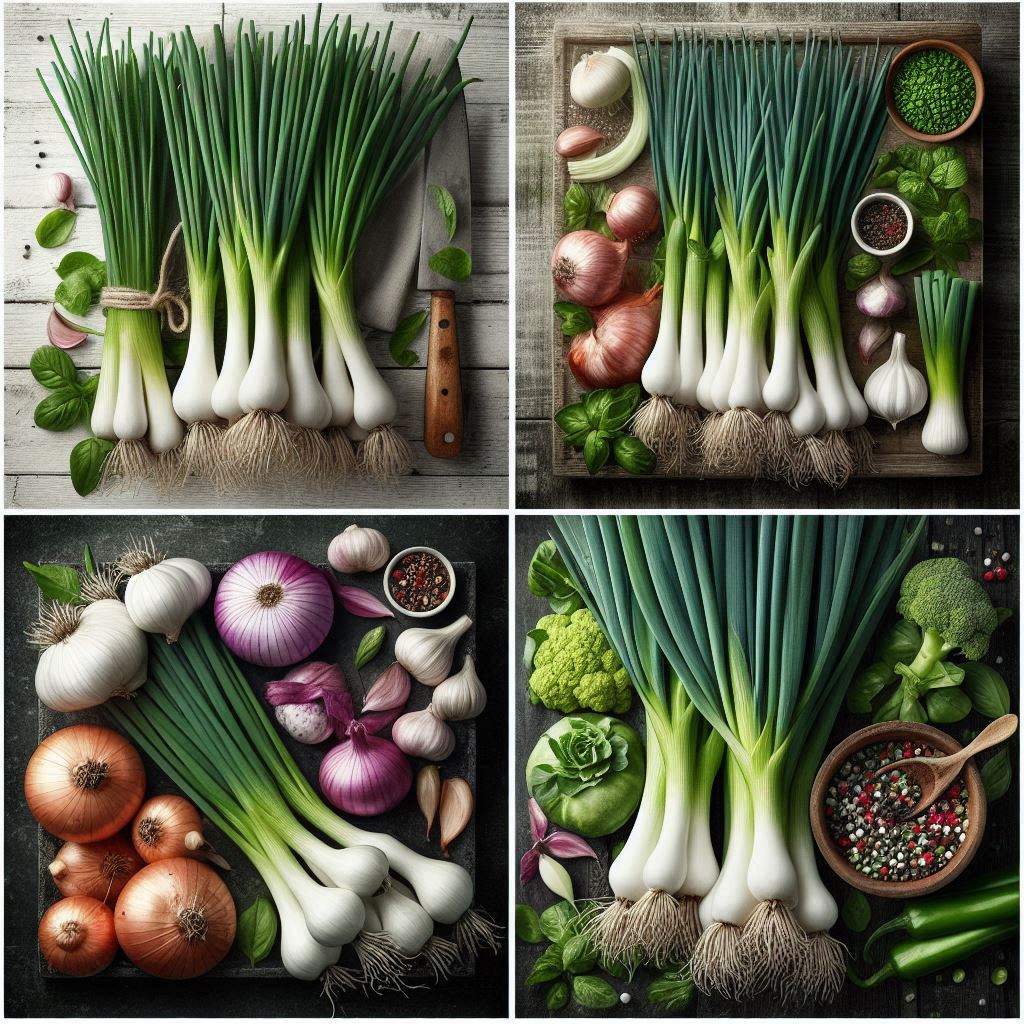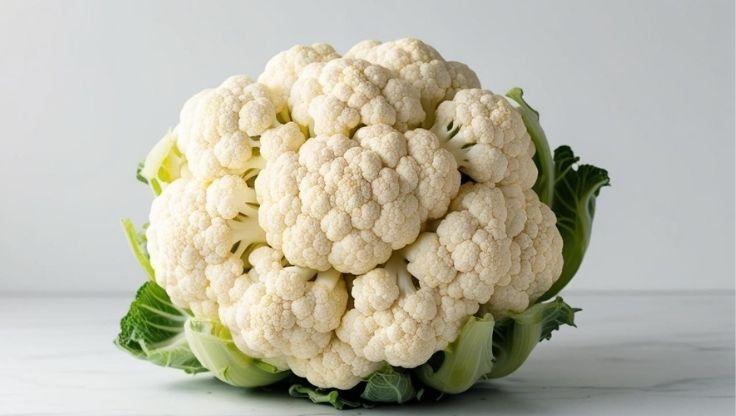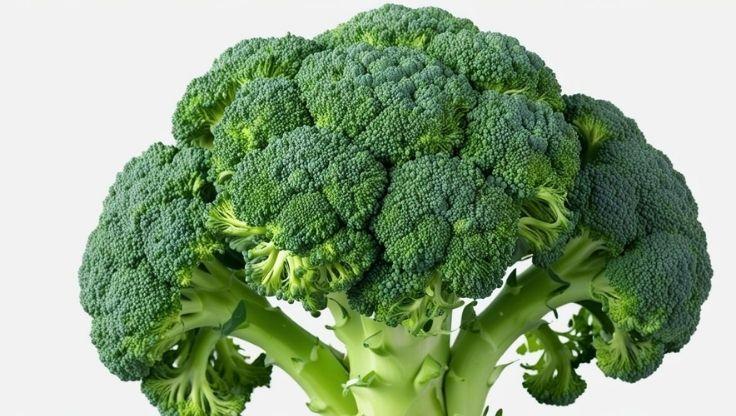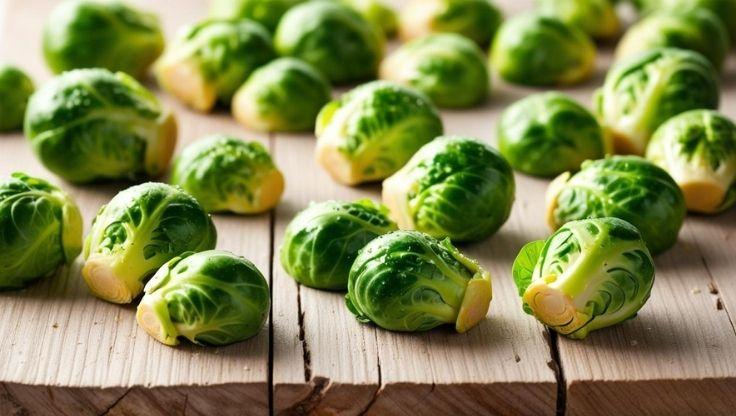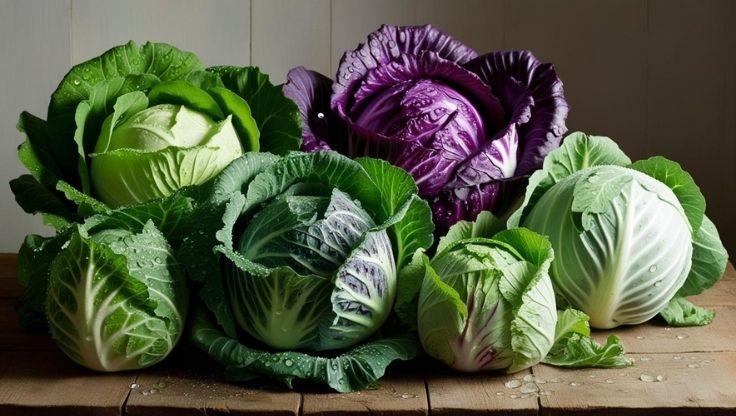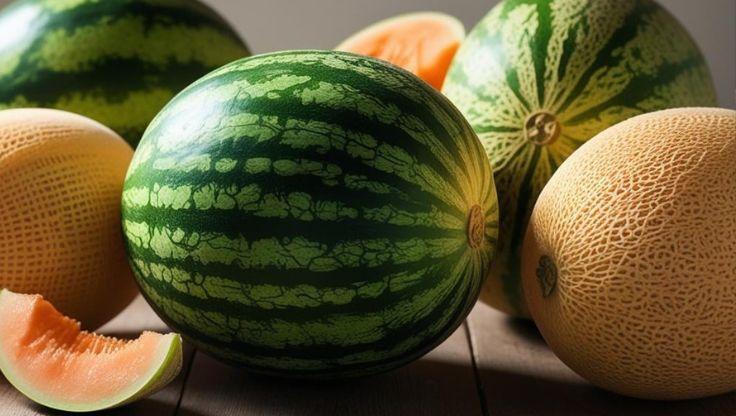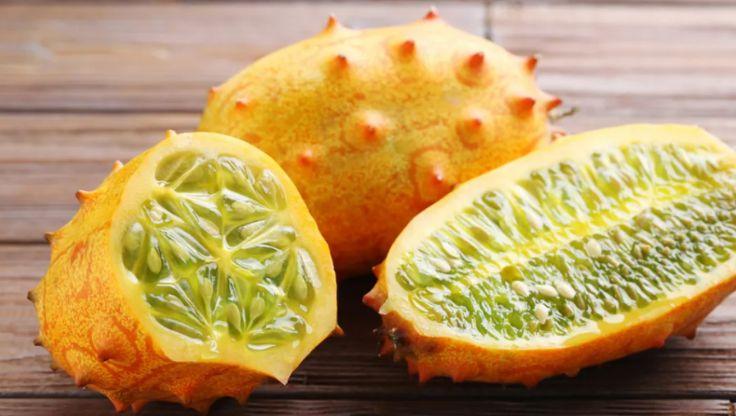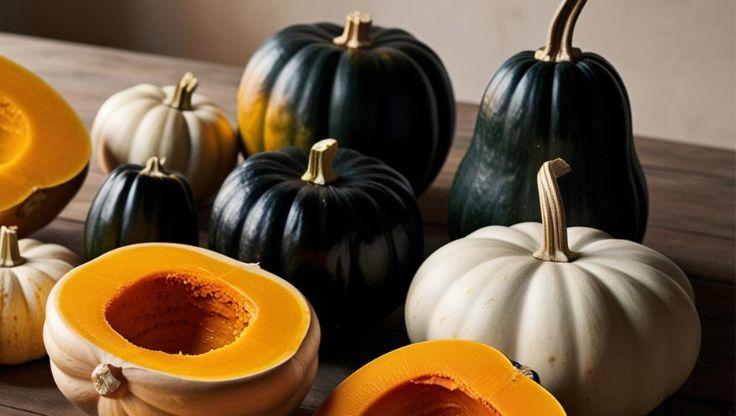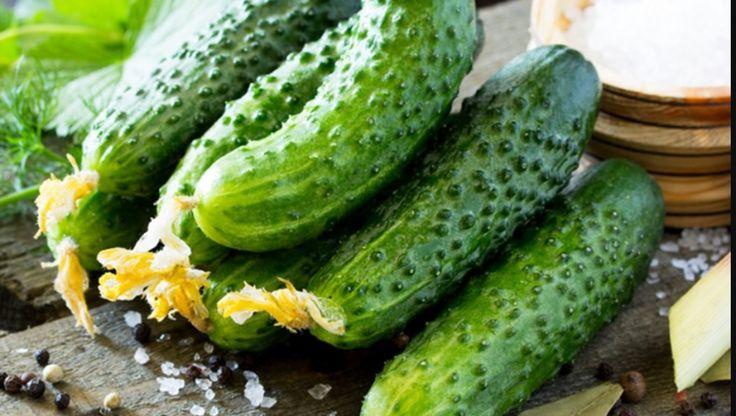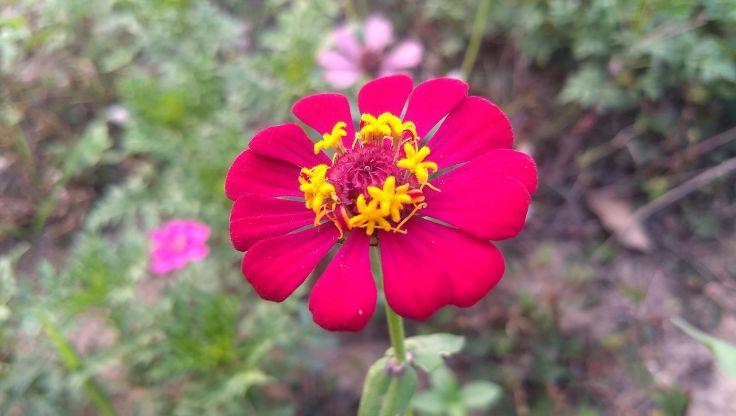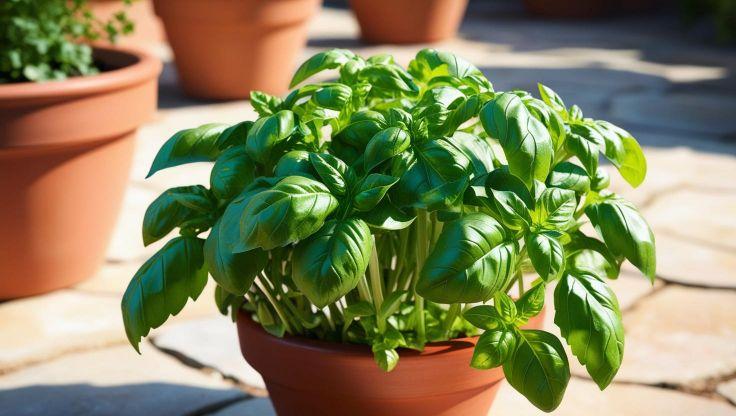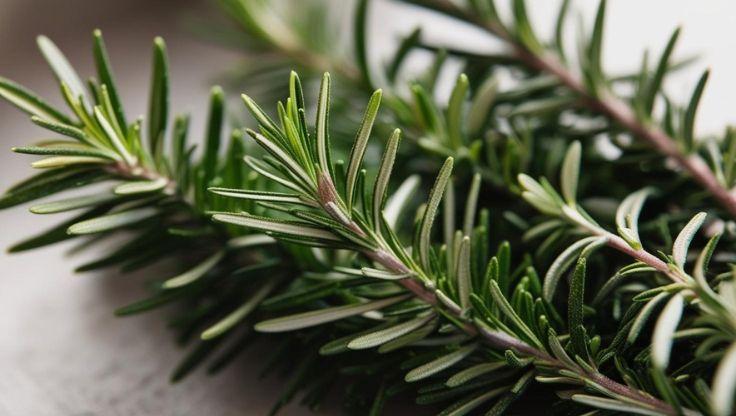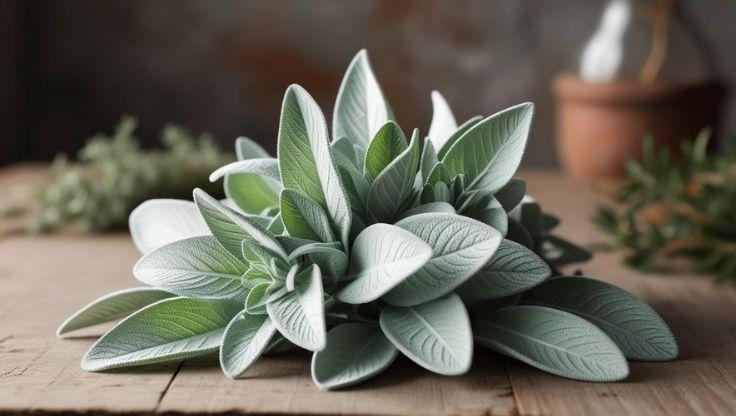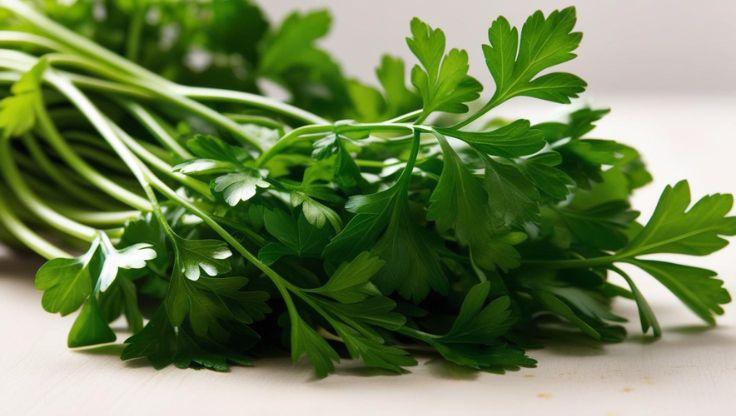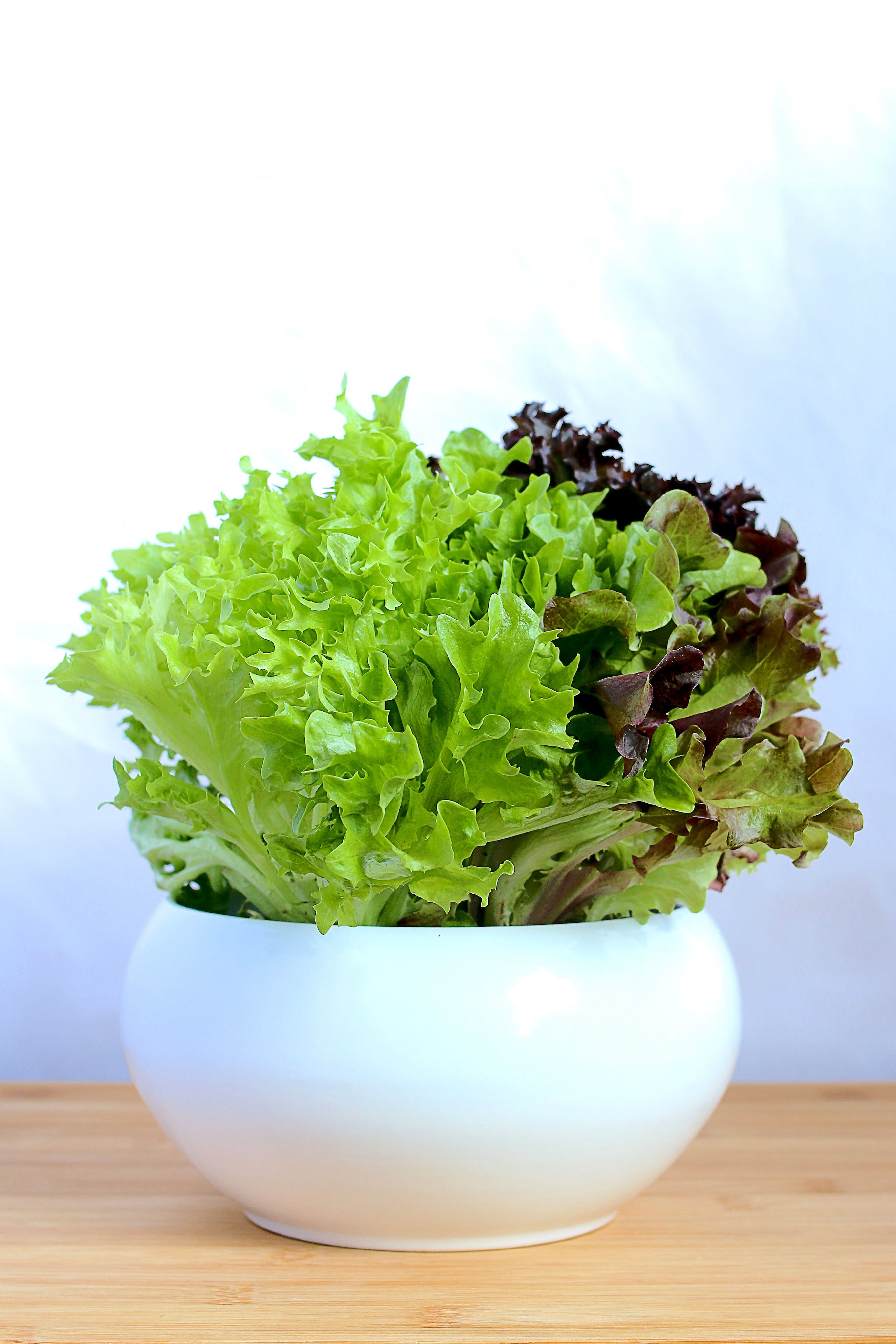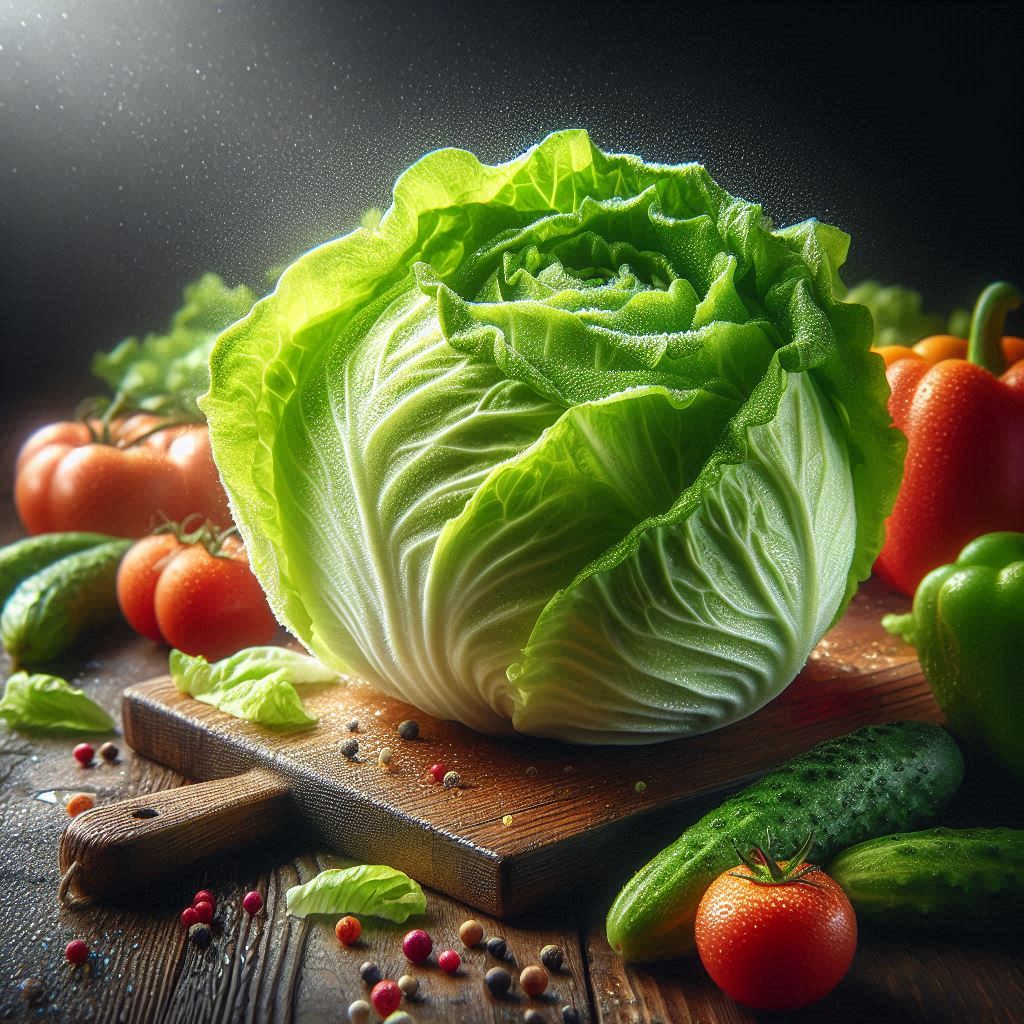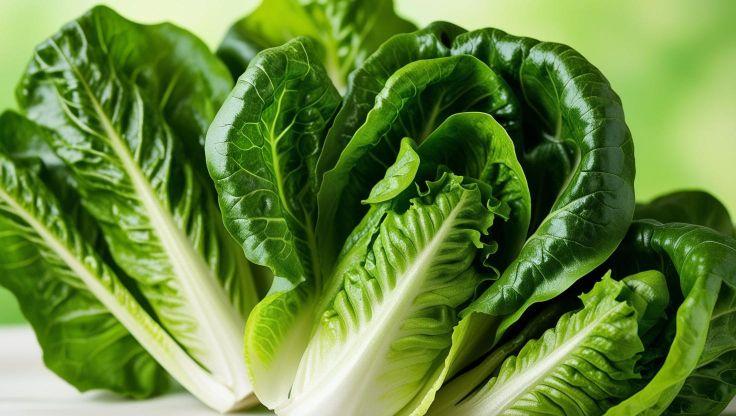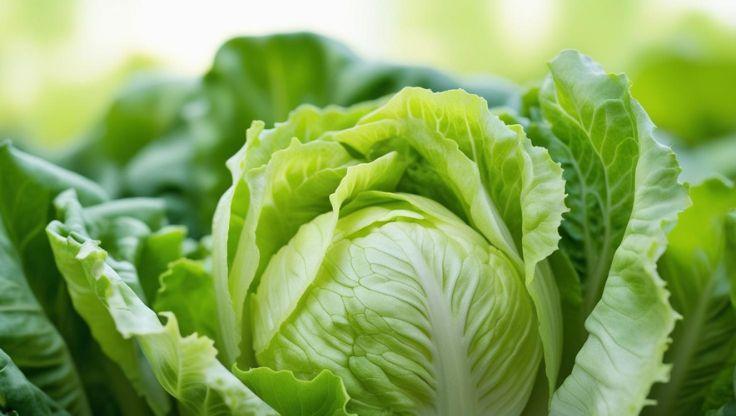Hydroponic Plants: A Complete Guide to Growing Chervil
Chervil (Anthriscus cerefolium), a delicate herb with a mild, anise-like flavor, is a staple in French cuisine. As a hydroponic plant, it thrives in controlled environments that optimize nutrient absorption, eliminate soil-related diseases, and enhance growth efficiency. Compared to traditional cultivation, hydroponic systems provide steady moisture levels, better aeration, and improved flavor profiles, making chervil an excellent choice for indoor and commercial farming.

Hydroponic Growing Conditions for Chervil
Chervil (Anthriscus cerefolium), commonly known as French parsley, is a delicate herb that thrives in hydroponic plant systems. Proper environmental conditions ensure optimal growth, flavor, and yield.
Ideal pH and EC Levels
Maintaining the correct pH and electrical conductivity (EC) levels is crucial for nutrient absorption and plant health.
- pH: A range of 6.3–6.7 supports balanced nutrient uptake.
- EC Level: 0.8–1.8 mS/cm provides optimal growth conditions.
Light, Temperature, and Humidity Requirements
Chervil requires specific environmental conditions to develop its characteristic flavor and texture.
- Light: 14–16 hours of artificial lighting per day enhances growth.
- Temperature: 15–21°C (59–70°F) is ideal for leaf development.
- Humidity: 50–75% prevents wilting and supports healthy foliage.
Additional Considerations
Chervil prefers cool, moist conditions and does not tolerate excessive heat. Hydroponic cultivation allows for year-round production, ensuring a steady supply of fresh herbs. Since chervil loses its flavor when dried, harvesting and immediate use are recommended.
Seed to Harvest Process for Hydroponic Chervil
Chervil (Anthriscus cerefolium), a delicate herb often used in French cuisine, thrives in hydroponic plant systems due to its rapid growth cycle and minimal space requirements. Understanding its seed-to-harvest process ensures optimal yield and quality.
Germination and Early Growth
Chervil seeds germinate within 7–14 days under warm, moist conditions. Unlike soil-based cultivation, hydroponic systems provide a controlled environment, reducing the risk of disease and ensuring consistent growth. The seeds require light exposure for successful germination, so they should not be buried too deep in the growing medium.
Each growing hole typically contains 2–3 seeds, promoting healthy spacing and preventing overcrowding. Using nutrient-rich hydroponic solutions enhances root development and accelerates early growth.
Maturation and Harvesting
After transplanting, chervil reaches maturity within 40–50 days, making it an ideal herb for year-round hydroponic cultivation. The plant prefers cool temperatures and moderate humidity, ensuring tender leaves with a distinct anise-like flavor.
Popular hydroponic chervil varieties include Curly Chervil and French Chervil, both known for their aromatic foliage and delicate texture. Since chervil loses its flavor when dried, it is best harvested fresh and used immediately.
Uses and Benefits of Hydroponic Chervil
Chervil (Anthriscus cerefolium), often referred to as French parsley, is a delicate herb widely used in culinary applications and valued for its health benefits. Growing hydroponic plants ensures a consistent supply of fresh, pesticide-free chervil, making it an excellent choice for home and commercial cultivation.
Culinary Applications
Chervil enhances dishes with its subtle, anise-like aroma, adding depth to various recipes. It is a staple in French cuisine, often incorporated into:
- French omelets and béarnaise sauce, where its mild flavor complements rich ingredients.
- Fresh herb blends like fines herbes, a classic combination of parsley, chives, tarragon, and chervil.
- Garnishes for soups and seafood dishes providing a delicate, aromatic touch.
Due to its fragile nature, chervil is best used fresh, as drying diminishes its flavor. Hydroponic cultivation allows chefs and home cooks to access high-quality chervil year-round, ensuring optimal taste and texture.
Health Benefits
Chervil is packed with vitamin C, iron, and antioxidants, which contribute to overall well-being. Its nutritional profile supports:
- Digestion aiding in gut health and reduces inflammation.
- Immunity, thanks to its high antioxidant content which helps combat free radicals.
- Detoxification as it contains mild diuretic properties that assist in flushing toxins from the body.
Studies indicate that hydroponic plants often have higher nutrient retention compared to soil-grown counterparts, as they receive precise nutrient formulations. This makes hydroponic chervil an excellent choice for those seeking fresh, nutrient-rich herbs.
Research for expert insights
Enhance your understanding with these insightful and well-documented expert resources.
|
Institution |
Article Title |
Article Link |
|---|---|---|
|
Bioscience Research |
Alleviating effect of sodium nitroprusside on growth, biochemical composition, and essential oil in chervil plant subjected to salinity stress |
|
|
Journal of Pharmacognosy and Phytochemistry |
Hydroponic systems for cultivation of horticultural crops: A review |
A comprehensive breakdown of key points ensures their work is a reliable resource for readers striving to learn more.


